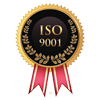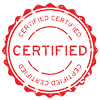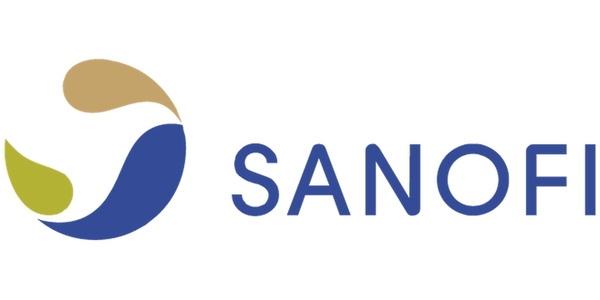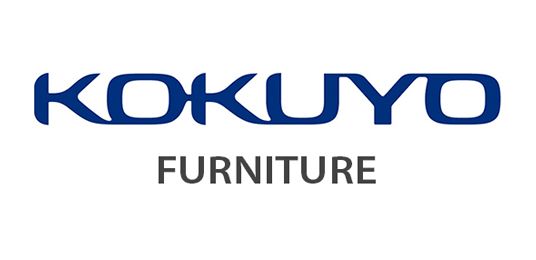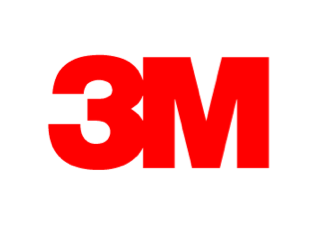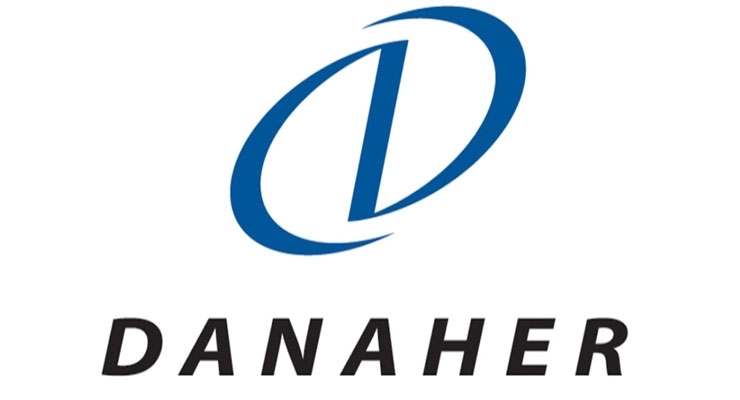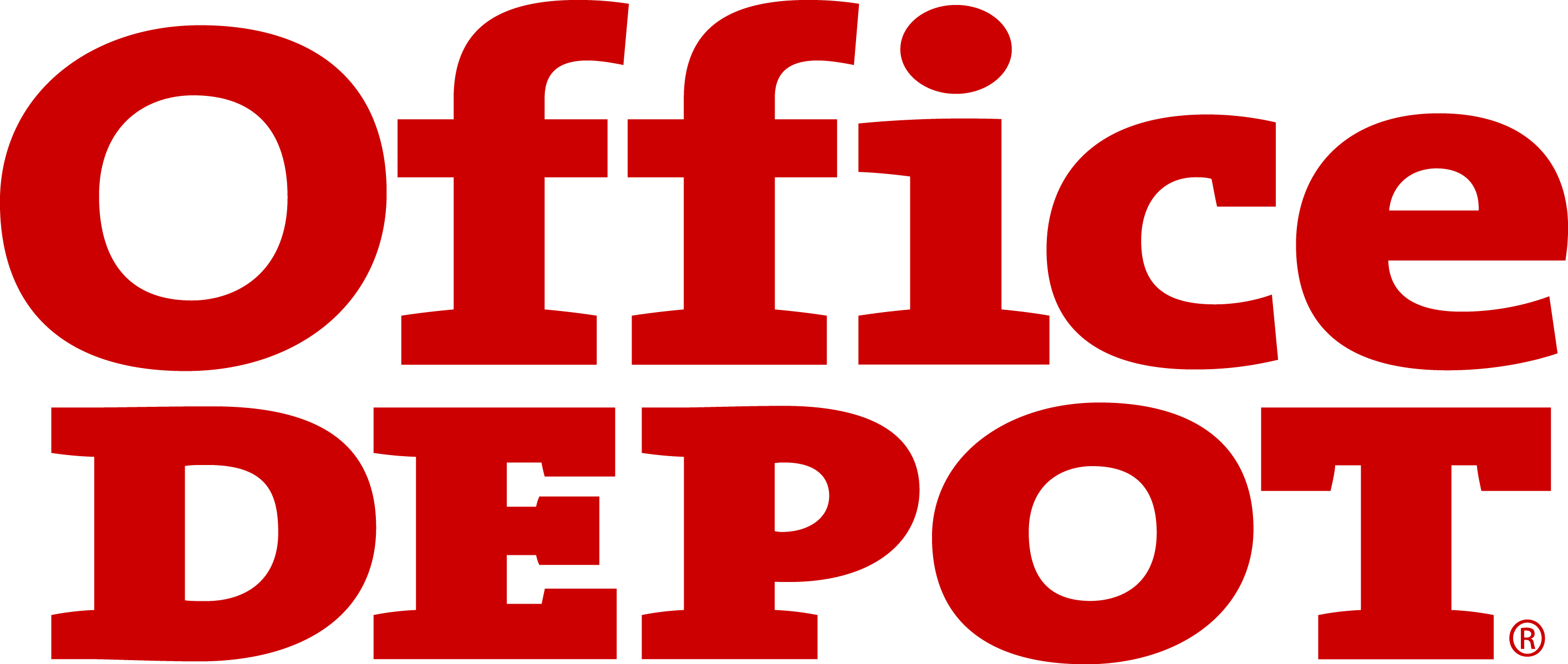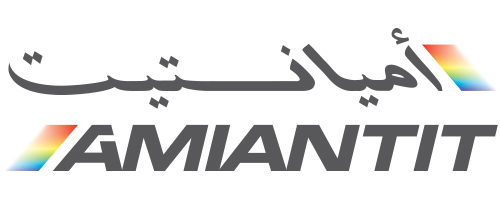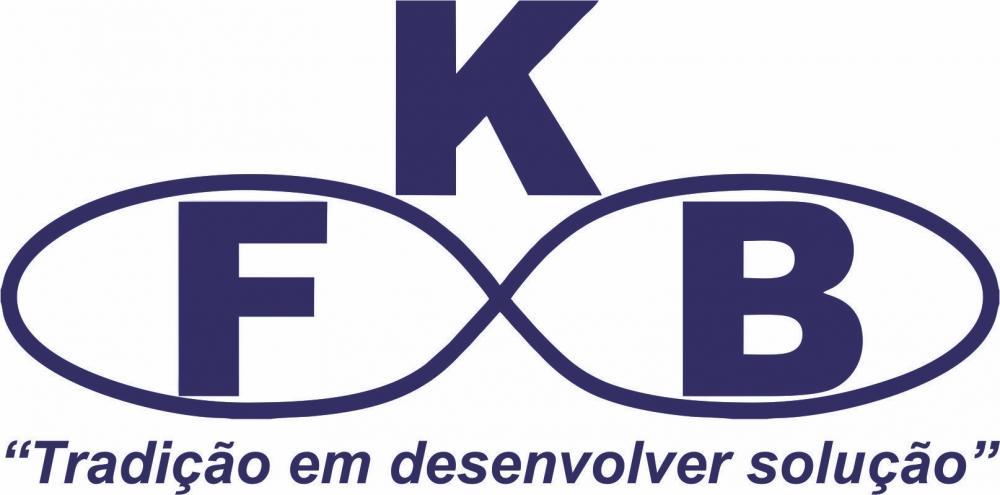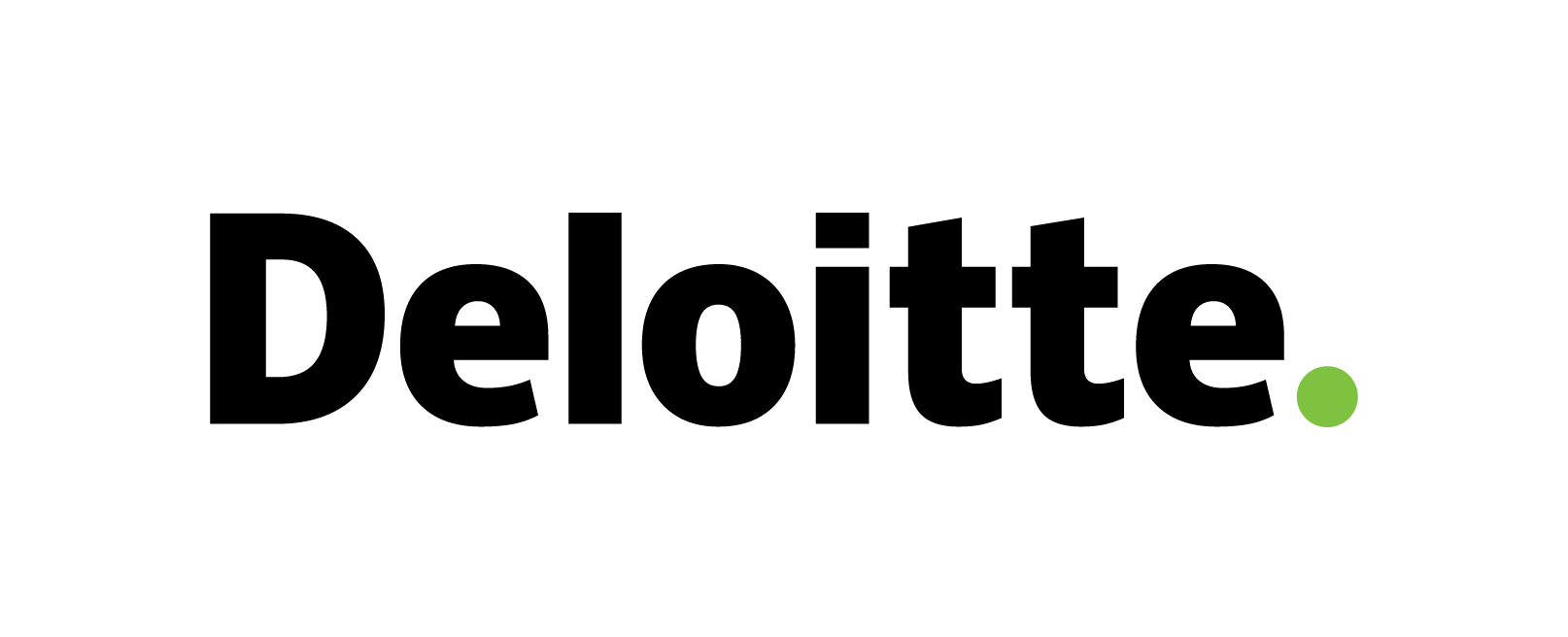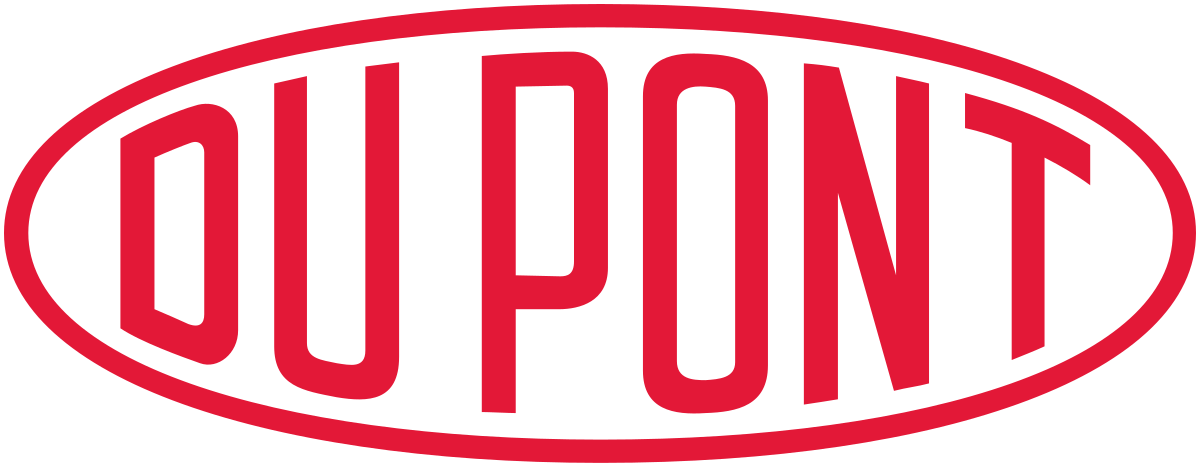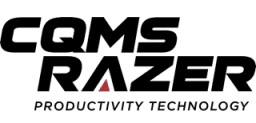Indonesia Micromobility Market
Indonesia Micromobility Market Size, Trends, Opportunity, and Forecast Analysis, 2025-2035
Indonesia micromobility market revenue to generate USD 2.8 billion by 2035, according to KDMI analyst’s growth analysis. The market is segmented by vehicle, application, end user, and distribution channel.
Indonesia Micromobility Market Size Report – In a Glance
As per the survey report on Indonesia micromobility market, the market is expected to foresee a CAGR value of 8.9% during 2025-2035, and further generate a market size of USD 2.8 billion by the end of 2035. In 2025, the market size was value at USD 1.3 billion revenue.
- The Indonesia micromobility market’s growth is driven by growing focus on ensuring fuel efficient and saving energy consumption costs.
- KDMI analyst’s growth analysis foresees regulatory challenges as restraint for Indonesia micromobility market.
Indonesia Micromobility Market Analysis
Micromobility is the use of small, lightweight vehicles to cover short distance in urban areas, which includes vehicles such as electric bikes, scooters, skateboards, and shared vehicles. These vehicles are gaining popularity and are designed to reduce traffic congestion, lower carbon emissions, and provide efficient urban movement for trips. The Indonesian government has decided to deploy over 2 million electric cars and 12 million electric two-wheelers by 2030. The primary aim of deployment is to reduce carbon emission. According to the Ministry of Energy and Mineral Resources, approximately 11 million cars generate over 35 million tons of carbon emissions annually, which accounts for 70-80% of emissions in the city. Therefore, the adoption of micromobility is necessary in the region to reduce greenhouse gas emission and meet environmental regulatory standards set by authority. The leading companies in the micromobility market are Skutis Corporation, PT Juara Bike, Gogoro Inc, and others.
|
Indonesia Micromobility Market: Report Scope |
|
|
Base Year |
2024 |
|
Estimated Market Size |
USD 1.3 billion in 2025 |
|
Forecast Year |
2025-2035 |
|
Projected Market Size |
USD 2.8 billion in 2035 |
|
CAGR Value |
8.9% |
|
Indonesia micromobility Market Key Trends/ Growth Drivers |
|
|
Restraint Factors
|
|
|
Indonesia micromobility Market Segmentation |
|
|
Indonesia micromobility Market Key Players |
|
Indonesia Micromobility Market Growth Drivers and Restraints
Growth Drivers
- Rising urbanization and traffic congestion – The region’s rapid adoption of urbanization and advanced technology in leading cities like Jakarta, Surabaya, and Bandung has resulted into increased traffic on the roads, which drives micromobility market. Due to rising disposable income of people in the region, the purchasing power of vehicles increases, which results in increased traffic and loss of fuel at higher level. Micromobility plays significant role in reducing fuel loss and environment emission by integrating advanced technologies into products like e-scooters, e-bikes, and shared bicycles. These products often offer convenient and flexible solutions for short-distance commuters, and this is leading to growing demand for efficient, eco-friendly, and time-saving transportation in the region.
- Investment and expansion of startups – Another major factor driving Indonesian micromobility market is government supportive policies and initiatives resulting in higher investment from organizations and entry of startups to further expand market reach. Investments from leading companies like Grab and Gojek, has resulted into enhanced micromobility services and expanded offerings in the sector. Moreover, adoption of innovation by startups along with traditional solutions, is bringing a unique blend to urban mobility challenges. These investments and startup expansion is leading to integrated micromobility into smart city initiatives, improving sustainability and growth of the sector.
Restraints
- Regulatory challenges – The Indonesia’s micromobility market faces hurdles due to stricter government regulations and underdeveloped infrastructure in remote areas. The lack of safe riding zones creates safety risks for riders, and municipal regulations leading to uncertain operational activities, results in limited expansion of micromobility services. E-vehicles require accurate infrastructure and supportive policies for charging stations to expand micromobility market. Without regulatory permissions, development of infrastructure for micromobility services, leads to slowdown of market expansion.
Indonesia Micromobility Market Segmentation
Our experts at KD Market Insights have segmented the Indonesia Micromobility market research report as:
|
By Vehicle |
|
|
By Application |
|
|
By End User |
|
|
By Distribution Channel |
|
Analyst’s Observation on Indonesia Micromobility Market Recent Developments
Over the years, the experts at KD Market Insights have been observing the recent developments associated with indonesia micromobility market trends. Our expert’s market forecast analysis has recorded the market players adopting plentiful of key strategies including new product launches, mergers & acquisitions, and collaborations.
Lobo, a leading electric mobility manufacturer has announced its collaboration with green gold asia of indonesia to launch a new line of innovative electric bike and tricycle. The collaboration is aimed to expand lobo’s green mobility to communities around the world. The partnership will enable to combine their strengths to deliver tailored, high-quality electric vehicles.
Indonesia Micromobility Market Competitive Landscape
Some of the significant participants in the Indonesia micromobility market share:
- Grab
- Go jek
- Beam Mobility
- Lime
- S move
- Bird
- Bluebird
- Neuron Mobility
- Migo
- Spin

Need Customized Report for Your Business ?
Utilize the Power of Customized Research Aligned with Your Business Goals
Request for Customized Report- Quick Contact -
- ISO Certified Logo -

